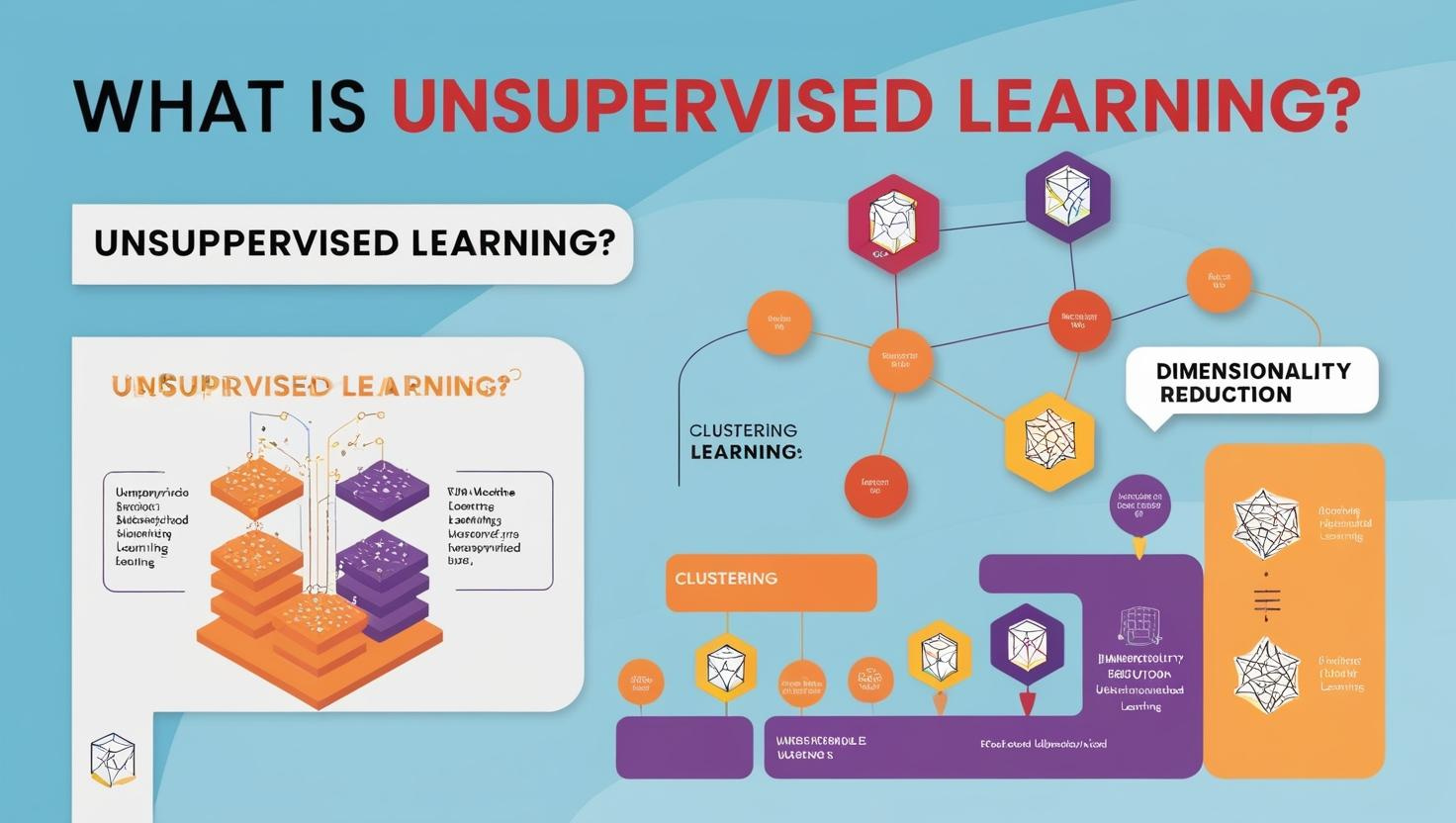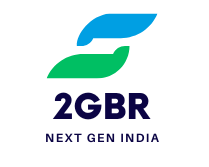
Unsupervised learning is a category of machine learning where the algorithm learns from unlabeled data. Unlike supervised learning, where the model is trained on labeled data (input-output pairs), unsupervised learning focuses on identifying patterns, relationships, and structures in data that does not have pre-assigned labels. This ability to work with unlabeled data makes unsupervised learning a powerful tool in machine learning and artificial intelligence (AI).
In this detailed guide, we’ll explore what unsupervised learning is, its key concepts, types of unsupervised learning algorithms, and real-world applications that leverage this type of machine learning.
What is Unsupervised Learning?
Unsupervised learning is a type of machine learning where the algorithm is tasked with identifying hidden patterns, relationships, or structures within a dataset without being provided any explicit labels or outcomes to guide its learning process. This allows unsupervised learning algorithms to operate on data without human supervision or predefined categories.
The goal of unsupervised learning is to uncover the underlying structure of the data, which could involve identifying clusters, detecting anomalies, reducing dimensionality, or extracting key features.
Key Characteristics of Unsupervised Learning
Unlabeled Data: In unsupervised learning, the model is given data that does not contain labels or target values. The algorithm must work with the raw data to find patterns and relationships.
Data Exploration: The primary objective is data exploration, which helps in finding hidden structures or insights that may not be immediately obvious.
No Direct Feedback: Unlike supervised learning, there is no feedback mechanism (i.e., correct outputs) to guide the model. The system learns entirely from the data.
Pattern Discovery: Unsupervised learning aims to detect patterns, groupings, and structures that exist in the dataset, such as identifying clusters of similar data points.
High Flexibility: Unsupervised learning algorithms can be applied to a wide variety of problems across different domains, including clustering, dimensionality reduction, and anomaly detection.
How Does Unsupervised Learning Work?
In unsupervised learning, the algorithm attempts to find relationships between different data points. Since there are no labels, the algorithm needs to use various techniques to analyze the data:
Clustering: Clustering algorithms group similar data points together based on similarities. These groups, or clusters, represent natural structures within the data. Common clustering algorithms include K-Means, DBSCAN, and Agglomerative Hierarchical Clustering.
Dimensionality Reduction: In high-dimensional datasets (datasets with many features or variables), dimensionality reduction techniques are used to reduce the number of features while retaining the core structure of the data. Principal Component Analysis (PCA) and t-Distributed Stochastic Neighbor Embedding (t-SNE) are popular techniques for dimensionality reduction.
Association Rule Learning: This technique identifies interesting relationships or associations among data items. It’s often used in market basket analysis. The Apriori algorithm is commonly used for finding association rules.
Anomaly Detection: Anomaly detection algorithms are used to identify unusual patterns or outliers in the data that do not conform to expected behavior. Isolation Forests and One-Class SVM are examples of anomaly detection methods.
Types of Unsupervised Learning
There are several types of unsupervised learning methods. Below, we’ll cover the most widely used techniques.
1. Clustering
Clustering algorithms are used to group data points into clusters where data points within a cluster are similar to each other, and data points in different clusters are distinct. Some key clustering algorithms include:
K-Means Clustering: This algorithm partitions data into K clusters based on distance metrics such as Euclidean distance. It is widely used for tasks such as customer segmentation and image compression.
DBSCAN (Density-Based Spatial Clustering of Applications with Noise): DBSCAN identifies clusters based on the density of data points. It is particularly effective for handling noise and outliers in data.
Agglomerative Hierarchical Clustering: This method builds a hierarchy of clusters and merges them progressively. It is often used in biology and hierarchical taxonomies.
2. Dimensionality Reduction
Dimensionality reduction is an essential technique used in unsupervised learning, especially when dealing with high-dimensional data. It helps reduce the number of features while retaining important information. Some key techniques include:
Principal Component Analysis (PCA): PCA reduces dimensionality by finding the principal components of the data, which are the directions in which the data varies the most.
t-Distributed Stochastic Neighbor Embedding (t-SNE): t-SNE is commonly used for visualizing high-dimensional data in 2D or 3D by preserving local structures.
3. Association Rule Learning
Association rule learning is a method of discovering interesting relationships between variables in large datasets. This is often used in retail and e-commerce to uncover associations between products purchased together. The most popular algorithm used for this is:
- Apriori Algorithm: This algorithm generates frequent itemsets and derives association rules from them. It is commonly used in market basket analysis to find product combinations that are frequently purchased together.
4. Anomaly Detection
Anomaly detection is used to identify outliers or rare events that deviate from the norm. These algorithms are widely used for fraud detection, network security, and fault detection. Some common anomaly detection techniques include:
Isolation Forest: This algorithm isolates anomalies by partitioning data points into random trees, which are then analyzed to detect unusual patterns.
One-Class SVM: This method is used to detect anomalies by learning the decision boundary of a single class of data.
Real-World Applications of Unsupervised Learning
Unsupervised learning techniques have found widespread use in various industries. Below are some of the real-world applications where unsupervised learning plays a crucial role.
1. Customer Segmentation
In marketing and business analytics, unsupervised learning algorithms are used to identify groups of similar customers based on purchase behavior, demographics, and other factors. Clustering techniques like K-Means and DBSCAN are widely used for customer segmentation. Once these groups are identified, businesses can tailor marketing campaigns to specific segments, improving customer engagement and sales.
2. Anomaly Detection in Fraud Detection
Unsupervised learning is used extensively in the financial sector for detecting fraudulent transactions. Since fraudulent transactions are rare, they often do not have labels. Unsupervised learning techniques, such as anomaly detection, can be used to detect unusual patterns in financial transactions, flagging potential fraud without the need for labeled data.
3. Recommendation Systems
Unsupervised learning is a critical component of recommendation systems. For instance, Netflix, Amazon, and Spotify use clustering algorithms and collaborative filtering to recommend movies, products, or songs based on a user’s past behavior. These systems group similar users or items together, allowing the system to make personalized recommendations.
4. Image Compression and Denoising
Unsupervised learning is applied in image processing tasks such as compression and denoising. Autoencoders, a type of neural network, are trained to compress images and remove noise, which is valuable in fields such as medical imaging and satellite imaging.
5. Market Basket Analysis
Retailers use unsupervised learning for market basket analysis, where algorithms like the Apriori algorithm identify frequently purchased products together. This insight allows retailers to optimize product placement, design effective promotions, and improve the customer shopping experience.
6. Gene Expression Analysis
In bioinformatics, unsupervised learning techniques such as clustering are used to analyze gene expression data. This helps researchers identify genes that are co-expressed, which can provide insights into diseases or biological processes. It is also useful for grouping genes with similar patterns, which aids in drug discovery and personalized medicine.


